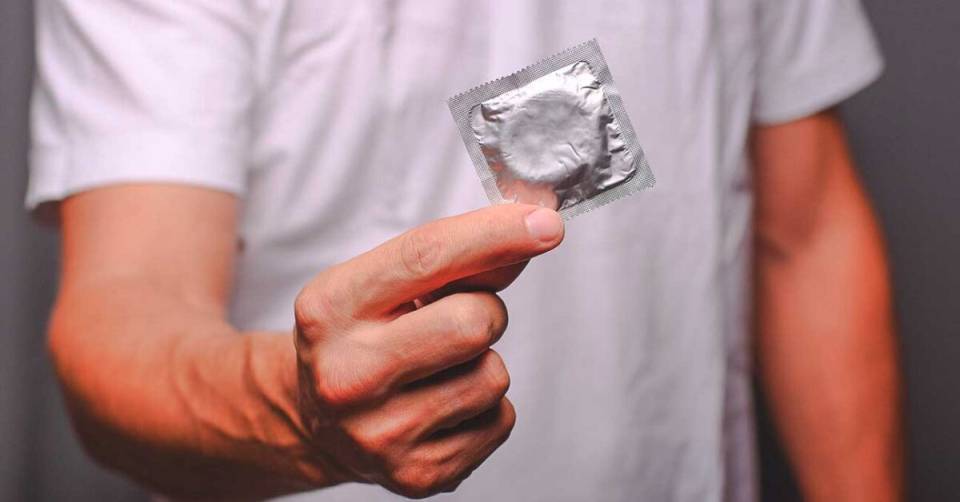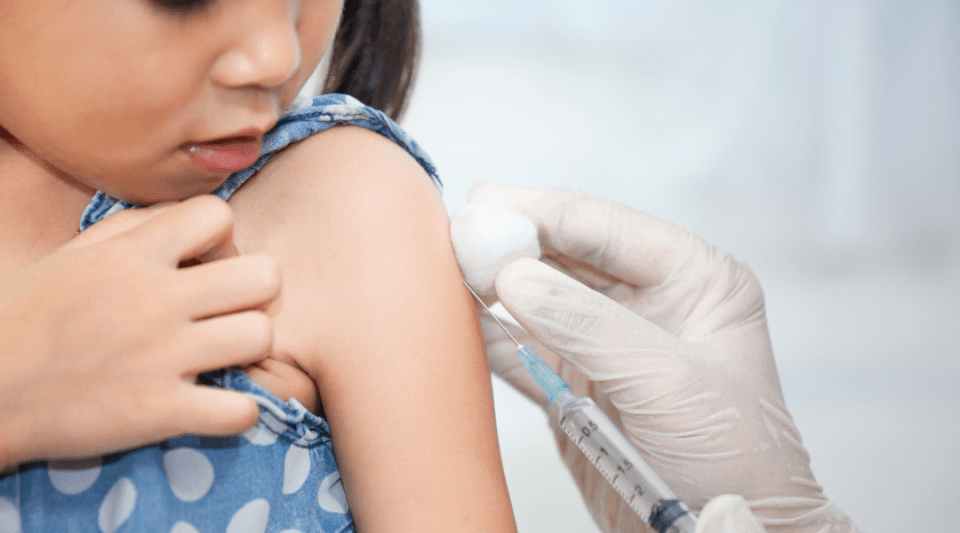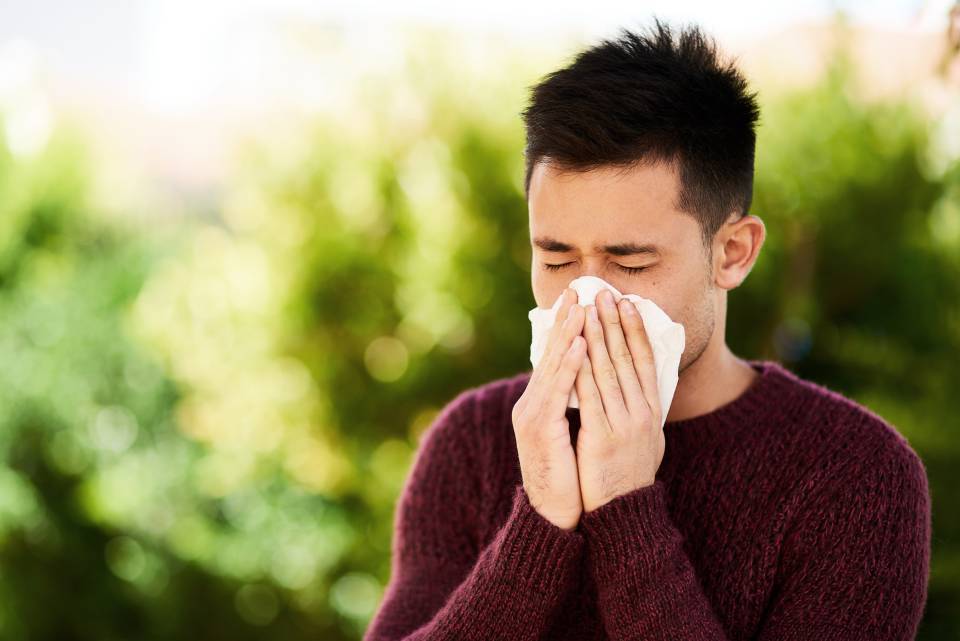HIV or the Human Immunodeficiency Virus affects the body’s immune system and weakens the defences. As the virus destroys immune cells, it impedes the normal performance of the immune system. If left untreated, it can cause Acquired Immunodeficiency Syndrome (AIDS), and develop opportunistic infections and serious diseases such as cancer. It affects over 38 million people worldwide and it is estimated that a new infection occurs every 18 seconds. HIV is derived from the Simian Immunodeficiency Virus (SIV) from a type of chimpanzee in Central Africa, which was transmitted to humans through contact with infected chimpanzee meat and blood. It is thought to have made the jump from chimpanzees to humans in the late 19th or early 20th century.
The routes of transmission are sexual, blood, and mother to child. There are misconceptions about how it is transmitted that need to be dispelled. You do not become infected by living with people who have the virus. Nor is it possible to become infected through kissing, caressing, shaking hands, touching or masturbating with a partner. Nor is it spread by sharing objects in common use, such as clothes, food, showers, toilets, workspaces, schools, communal residences or public spaces. There is no risk from animal or mosquito bites or stings, or from giving blood in countries where there is proper control of this medical necessity and it poses no threat.
How can we prevent infection?
By practising safe sex, using male or female condoms and avoiding ejaculation in the mouth, which is another important route of transmission. For a one-off exposure to infection, there are post-exposure prophylaxis (PEP) antiretrovirals, which are given immediately after sex with an HIV-positive person. Or the pre-exposure prophylaxis (PrEP), which can reduce the risk of infection for HIV-negative individuals before they come into contact with the virus. Moreover, avoid sharing syringes, needles, razor blades, toothbrushes and other devices that pierce the skin such as earrings, piercings or tattooing equipment. In addition, having other sexually transmitted infections (STIs) such as herpes and syphilis can increase the risk of HIV infection.
The virus’ mechanisms for escaping the immune response make it difficult to obtain an effective vaccine, which is why it is still under investigation, as is a possible drug that could definitively cure the disease. Today, antiretroviral treatments are prescribed, which reduce the multiplication of the virus and allow the immune system to recover. The Hospital Clínic HIV-AIDS Unit, headed by Dr. Josep Mallolas, treats over 6,000 patients infected with HIV, most of whom receive antiretroviral treatment. Over 90% of the patients treated have an undetectable plasma viral load. In other words, they cannot pass the virus on through sex. However, this group requires ongoing medication that must be reviewed and modified if necessary, and has a life expectancy equal to that of the rest of the population if treatment is carried out properly. The drugs, however, are notoriously expensive and have long-term toxicity.
Pregnant women with HIV can transmit the virus to the baby during pregnancy, birth or breastfeeding. But, with the right medication they can have a safe delivery and the baby can be born free of infection. Breastfeeding is not recommended, since there is no zero risk of transmitting the virus to the child.
Around 20% of people with HIV are unaware they are infected, so testing is necessary. According to the most recent data, the countries with the highest incidence of the virus are the Republic of South Africa, India and Mozambique. In Spain, a total of 34,690 new diagnoses have been made since 2003 and, although the rate of people infected has dropped significantly since 2008, the figure is above the EU average of 5.9 infections per 100,000 inhabitants.




